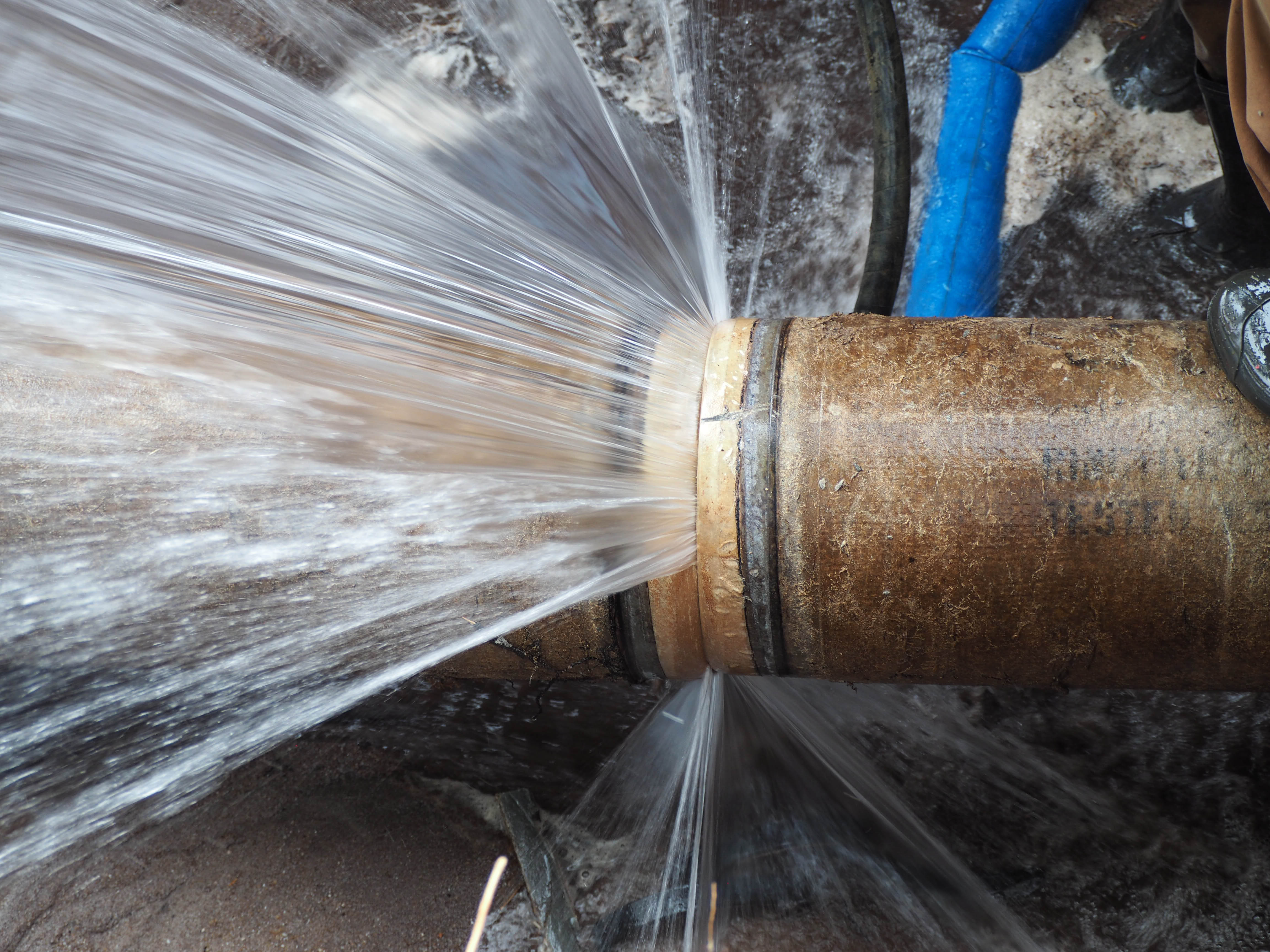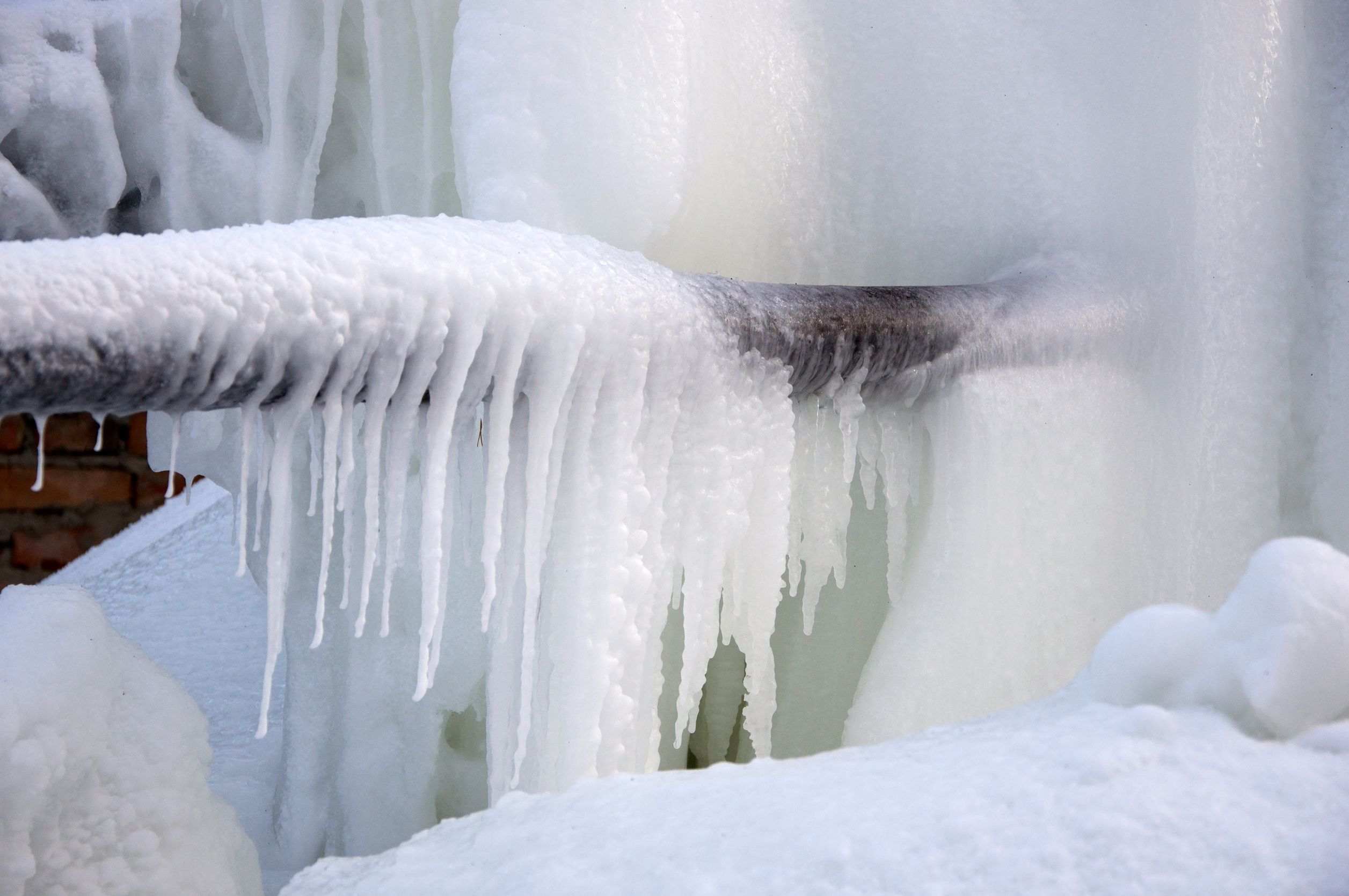Avoiding Your Pipes from Freezing: Effective Strategies
Avoiding Your Pipes from Freezing: Effective Strategies
Blog Article
Just how do you feel in relation to Preventing and dealing with frozen pipes?

Winter can damage your pipes, particularly by freezing pipes. Below's exactly how to stop it from taking place and what to do if it does.
Introduction
As temperature levels decline, the danger of frozen pipelines boosts, possibly causing expensive repairs and water damage. Comprehending just how to prevent frozen pipes is essential for home owners in cold environments.
Recognizing Frozen Pipes
What triggers pipelines to ice up?
Pipes ice up when revealed to temperature levels below 32 ° F (0 ° C) for extended durations. As water inside the pipelines ices up, it expands, putting pressure on the pipeline wall surfaces and potentially causing them to burst.
Dangers and problems
Icy pipelines can result in water supply disruptions, residential or commercial property damage, and pricey fixings. Ruptured pipes can flooding homes and cause extensive architectural damage.
Indications of Frozen Water Lines
Identifying frozen pipes early can prevent them from breaking.
Just how to recognize icy pipes
Seek reduced water circulation from taps, unusual smells or sounds from pipelines, and visible frost on subjected pipes.
Avoidance Tips
Insulating vulnerable pipes
Cover pipelines in insulation sleeves or use warmth tape to protect them from freezing temperature levels. Concentrate on pipelines in unheated or outside locations of the home.
Heating strategies
Maintain indoor rooms properly warmed, specifically locations with plumbing. Open cabinet doors to allow warm air to flow around pipes under sinks.
Securing Outdoor Plumbing
Yard tubes and outdoor faucets
Disconnect and drain garden hose pipes before winter season. Install frost-proof faucets or cover outside taps with protected caps.
What to Do If Your Pipelines Freeze
Immediate activities to take
If you presume frozen pipes, maintain faucets open to relieve stress as the ice melts. Make use of a hairdryer or towels soaked in warm water to thaw pipes slowly.
Long-Term Solutions
Structural modifications
Consider rerouting pipelines far from exterior wall surfaces or unheated areas. Add additional insulation to attics, cellars, and crawl spaces.
Updating insulation
Invest in top quality insulation for pipelines, attic rooms, and wall surfaces. Correct insulation assists maintain regular temperature levels and decreases the threat of frozen pipes.
Verdict
Avoiding icy pipes requires aggressive actions and fast actions. By recognizing the reasons, indicators, and safety nets, property owners can protect their plumbing throughout winter.
5 Ways to Prevent Frozen Pipes
Drain Outdoor Faucets and Disconnect Hoses
First, close the shut-off valve that controls the flow of water in the pipe to your outdoor faucet. Then, head outside to disconnect and drain your hose and open the outdoor faucet to allow the water to completely drain out of the line. Turn off the faucet when done. Finally, head back to the shut-off valve and drain the remaining water inside the pipe into a bucket or container. Additionally, if you have a home irrigation system, you should consider hiring an expert to clear the system of water each year.
Insulate Pipes
One of the best and most cost-effective methods for preventing frozen water pipes is to wrap your pipes with insulation. This is especially important for areas in your home that aren’t exposed to heat, such as an attic. We suggest using foam sleeves, which can typically be found at your local hardware store.
Keep Heat Running at 65
Your pipes are located inside your walls, and the temperature there is much colder than the rest of the house. To prevent your pipes from freezing, The Insurance Information Institute suggests that you keep your home heated to at least 65 degrees, even when traveling. You may want to invest in smart devices that can keep an eye on the temperature in your home while you’re away.
Leave Water Dripping
Moving water — even a small trickle — can prevent ice from forming inside your pipes. When freezing temps are imminent, start a drip of water from all faucets that serve exposed pipes. Leaving a few faucets running will also help relieve pressure inside the pipes and help prevent a rupture if the water inside freezes.
Open Cupboard Doors
Warm your kitchen and bathroom pipes by opening cupboards and vanities. You should also leave your interior doors ajar to help warm air circulate evenly throughout your home.

Hopefully you enjoyed reading our post on 6 Ways to Prevent Frozen Pipes. Thanks a lot for taking a few minutes to browse our short article. I beg you take the opportunity to distribute this blog entry if you enjoyed reading it. We appreciate reading our article about Helpful Tips to Prevent Frozen Pipes this Winter.
Call Today Report this page